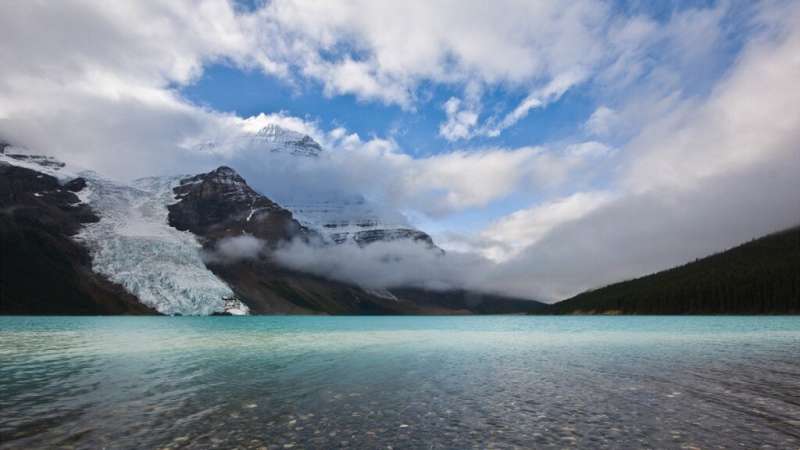Models oversimplify how melting glaciers deform land

Around 21,000 years ago, ice sheets retreated from the Northern Hemisphere, and great swaths of land were unburdened by the weight of glaciers. Even today, Earth's shape is still changing as the land rebounds, causing effects like shoreline migration that are observable on human timescales. This process is called glacial isostatic adjustment (GIA), and although the effect is well documented, the details of how Earth is reshaping have long been opaque.
In a recent study published in the Journal of Geophysical Research: Solid Earth, a team of researchers compared records of sea level change to two common types of GIA models. They found that Maxwell models, which assume that Earth has a constant strength when it rebounds from glacier melting and have long been used to model GIA, did not fit the sea level data as well as Burgers models, which allow for Earth to initially be weaker and therefore rebound faster at first.
The researchers examined sea level change at around a dozen sites at varying distances from historical ice sheets. Land that was once underneath or close to ice sheets deformed quickly soon after the ice sheet melted—a transient period of quick deformation not readily captured by Maxwell models. These findings have been supported by studies of land deformation after other disturbances, such as earthquakes.
The study is a step toward unifying various types of data on how Earth's shape has changed to produce a comprehensive understanding of what happens when glaciers melt. The results point to the importance of considering short periods of fast deformation soon after conditions change and to an unexpected use for high-quality sea level data.
More information: K. M. Simon et al, Identifying Geographical Patterns of Transient Deformation in the Geological Sea Level Record, Journal of Geophysical Research: Solid Earth (2022). DOI: 10.1029/2021JB023693
Journal information: Journal of Geophysical Research
Provided by American Geophysical Union
This story is republished courtesy of Eos, hosted by the American Geophysical Union. Read the original story here.



















